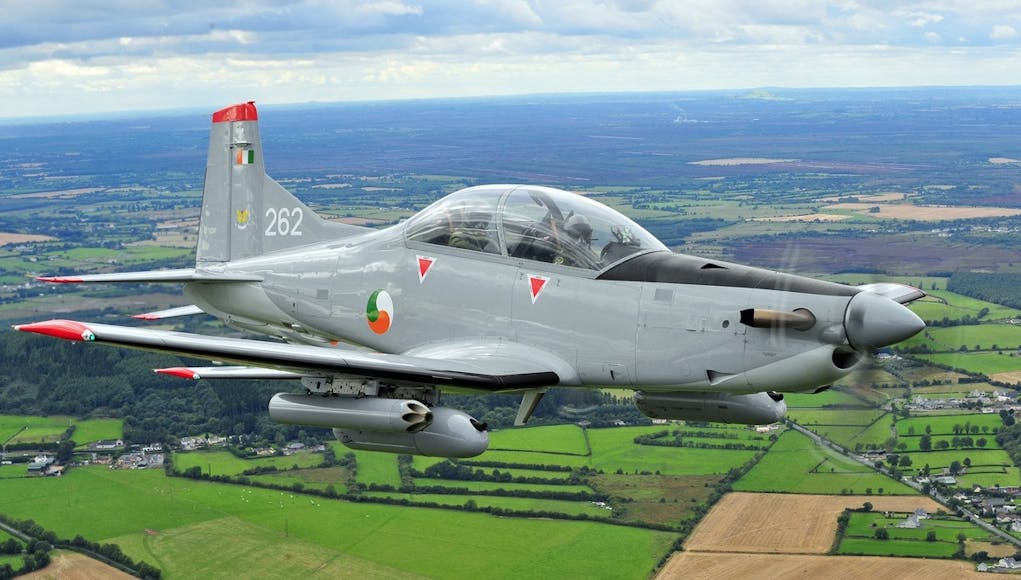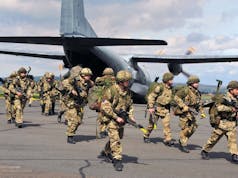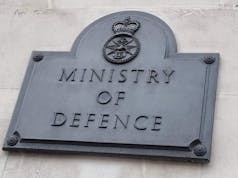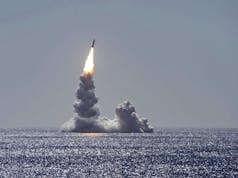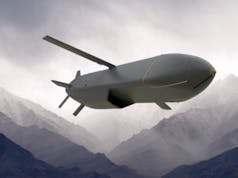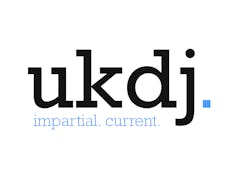A recent simulation has demonstrated the challenges Ireland faces in defending its airspace, particularly in responding to aerial threats.
The exercise revealed that the country lacks the necessary assets to intercept even an unarmed aircraft.
Ireland does not operate fighter jets or other aircraft capable of intercepting such threats. Its air defence relies on a small fleet of unarmed surveillance aircraft operated by the Irish Air Corps, which are primarily used for observation rather than active defence. In the event of a significant aerial intrusion, Ireland would likely depend on external assistance.
Under existing agreements, the Royal Air Force (RAF) is authorised to intervene and address threats in Irish airspace if required. While this arrangement provides practical coverage, it highlights Ireland’s reliance on external support to secure its skies.
Following subsequent conversations, we have been made aware of the issues surrounding this arrangement and will take them onboard for consideration in the future.
Critics have long argued that this reliance undermines Ireland’s sovereignty over its airspace. Calls for investment in a dedicated air defence capability continue, but budget constraints and competing priorities make this prospect unlikely in the immediate term.
The simulation underscores the challenges faced by smaller nations in maintaining comprehensive military capabilities. While current partnerships address immediate needs, the debate over Ireland’s long-term air defence strategy remains ongoing.


